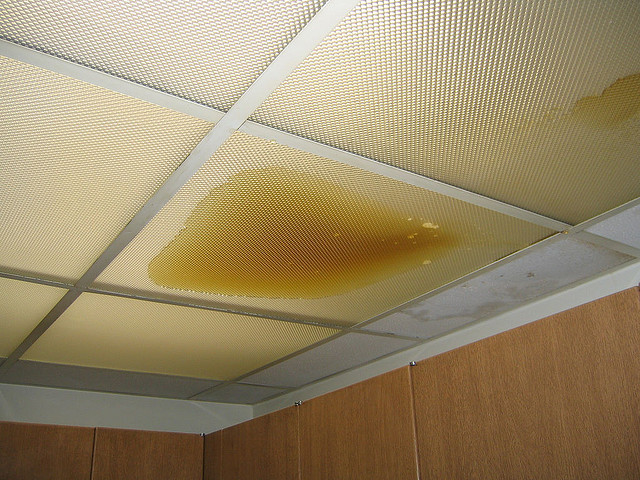We have stumbled on this article on Detecting hidden plumbing leaks below on the net and thought it made good sense to relate it with you here.

Early detection of leaking water lines can reduce a potential catastrophe. Some small water leaks may not be visible.
1. Examine the Water Meter
Every house has a water meter. Checking it is a surefire manner in which assists you find leakages. For beginners, shut off all the water resources. Make sure no one will certainly purge, utilize the tap, shower, run the cleaning equipment or dishwasher. From there, go to the meter and watch if it will change. Since no one is using it, there ought to be no motions. If it moves, that suggests a fast-moving leak. If you detect no changes, wait a hr or 2 and also examine back once more. This suggests you might have a slow-moving leakage that could even be underground.
2. Examine Water Intake
If you detect abrupt modifications, despite your intake being the very same, it suggests that you have leakages in your plumbing system. An abrupt spike in your expense shows a fast-moving leakage.
At the same time, a stable boost each month, despite having the same habits, reveals you have a slow leak that's likewise gradually rising. Call a plumber to thoroughly inspect your building, particularly if you feel a cozy location on your flooring with piping underneath.
3. Do a Food Coloring Examination
When it comes to water intake, 30% comes from bathrooms. If the shade somehow infiltrates your dish throughout that time without flushing, there's a leakage between the storage tank as well as bowl.
4. Asses Exterior Lines
Don't forget to inspect your exterior water lines also. Test spigots by connecting a garden pipe. Needs to water seep out of the connection, you have a loose rubber gasket. Change this and also guarantee all links are limited. If you've got a sprinkler system, it will assist get it expertly took a look at and maintained annually. One tiny leak can throw away tons of water and surge your water costs.
5. Evaluate and also Analyze the Situation
Property owners need to make it a behavior to examine under the sink counters and even inside cupboards for any kind of bad odor or mold growth. These 2 red flags show a leakage so prompt focus is needed. Doing routine evaluations, even bi-annually, can save you from a major problem.
Inspect for stainings and also damaging as the majority of pipes and also home appliances have a life expectations. If you suspect leaking water lines in your plumbing system, do not wait for it to intensify.
Early detection of leaking water lines can reduce a prospective calamity. Some small water leaks may not be noticeable. Examining it is a proven way that aids you uncover leakages. One tiny leakage can squander lots of water as well as increase your water bill.
If you suspect leaking water lines in your plumbing system, don't wait for it to escalate.
WARNING SIGNS OF WATER LEAKAGE BEHIND THE WALL
PERSISTENT MUSTY ODORS
As water slowly drips from a leaky pipe inside the wall, flooring and sheetrock stay damp and develop an odor similar to wet cardboard. It generates a musty smell that can help you find hidden leaks.
MOLD IN UNUSUAL AREAS
Mold usually grows in wet areas like kitchens, baths and laundry rooms. If you spot the stuff on walls or baseboards in other rooms of the house, it’s a good indicator of undetected water leaks.
STAINS THAT GROW
When mold thrives around a leaky pipe, it sometimes takes hold on the inside surface of the affected wall. A growing stain on otherwise clean sheetrock is often your sign of a hidden plumbing problem.
PEELING OR BUBBLING WALLPAPER / PAINT
This clue is easy to miss in rooms that don’t get much use. When you see wallpaper separating along seams or paint bubbling or flaking off the wall, blame sheetrock that stays wet because of an undetected leak.
BUCKLED CEILINGS AND STAINED FLOORS
If ceilings or floors in bathrooms, kitchens or laundry areas develop structural problems, don’t rule out constant damp inside the walls. Wet sheetrock can affect adjacent framing, flooring and ceilings.
https://www.servicemasterbyzaba.com/blog/how-to-detect-water-leakage-in-walls/

I was brought to that article on Leaking water lines from a friend on our other web blog. In case you appreciated our post plz remember to pass it around. I praise you for your time. Kindly stop by our blog back soon.
Excellence awaits, dial!